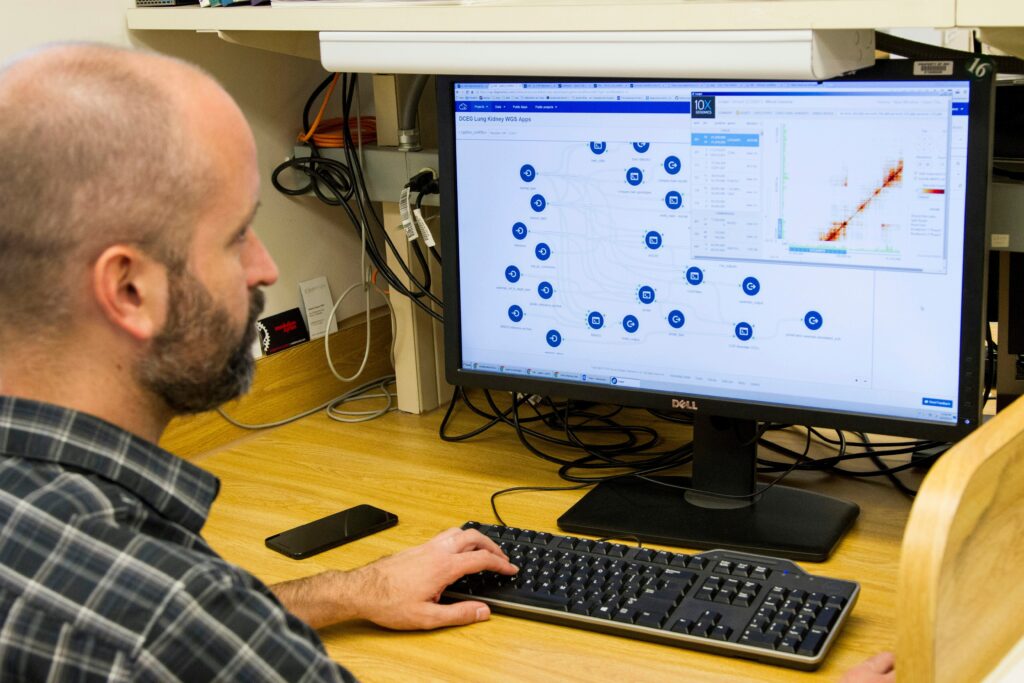
Exercise has been identified as a potential means to alleviate symptoms for individuals suffering from Chronic Lymphocytic Leukemia (CLL), the most common type of blood cancer. However, a glaring gap in support and personalized guidance remains, according to a new study conducted by the University of Surrey.
The research, published in the journal eJHaem, surveyed 128 CLL patients across the United Kingdom. It revealed that while nearly 80% of participants expressed a desire to engage in exercise programs, a staggering 70% reported never receiving any exercise-related advice from their healthcare providers.
The Role of Exercise in Managing CLL
Dr. David Bartlett, Senior Lecturer of Exercise Immunology at the University of Surrey, emphasized the critical role exercise can play in enhancing the lives of those living with CLL. “This research highlights the importance exercise plays in improving the lives of people living with Chronic Lymphocytic Leukemia. Patients are simply not receiving the guidance they need to engage safely and effectively in exercise and physical activity, which we have found can significantly improve the quality of life of those with CLL,” he stated.
The study underscores the positive impact that physical activity can have on the quality of life and symptom management for CLL patients. Those who maintain an active lifestyle report better physical and daily functioning, lower levels of fatigue, reduced pain, and decreased severity of symptoms compared to their less active counterparts.
Barriers to Exercise Guidance
Despite the clear benefits, the study points out a significant lack of structured prehabilitation and rehabilitation programs within national healthcare systems, such as the NHS, for CLL patients. Prehabilitation refers to healthcare interventions aimed at preventing complications before surgery, while rehabilitation focuses on recovery from injuries, illnesses, and medical treatments.
Most patients surveyed expressed a preference for virtual classes conducted at home or in community clinics, rather than hospital-based or public group settings. This preference highlights the importance of cost-effectiveness, flexibility, and proximity to home. Moreover, patients valued guidance from cancer care specialists, such as exercise physiologists and physiotherapists, over peer-led or general fitness instruction.
Need for Tailored Exercise Programs
PhD student Ellie Miles, involved in the study, noted the necessity for customized exercise programs. “It’s not a one-size-fits-all solution, as the treatment status and symptomology are factors to consider when developing CLL-specific exercise programs. Patients want and need expert, tailored advice that addresses their unique challenges and preferences,” she explained.
Implications for Healthcare Systems
The findings of this study have significant implications for healthcare systems worldwide. The lack of exercise guidance for CLL patients not only hampers their quality of life but also represents a missed opportunity for healthcare providers to improve patient outcomes through non-pharmacological interventions.
As the demand for personalized healthcare grows, the integration of exercise programs tailored to the specific needs of CLL patients could become a critical component of cancer care. This approach would require collaboration between oncologists, exercise specialists, and healthcare policymakers to ensure that patients receive the support they need.
Looking Forward
The research from the University of Surrey sets the stage for future initiatives aimed at bridging the gap in exercise guidance for CLL patients. By advocating for the development of structured exercise programs within healthcare systems, the study highlights a pathway to better health outcomes for those living with this chronic condition.
As awareness of the benefits of exercise for cancer patients grows, it is hoped that healthcare providers will increasingly incorporate exercise guidance into their standard care protocols. This shift could lead to improved quality of life for CLL patients and potentially serve as a model for managing other chronic illnesses.
In conclusion, while exercise holds promise as a therapeutic tool for CLL patients, the current lack of support and guidance underscores the need for systemic changes within healthcare systems to fully realize its potential benefits.







